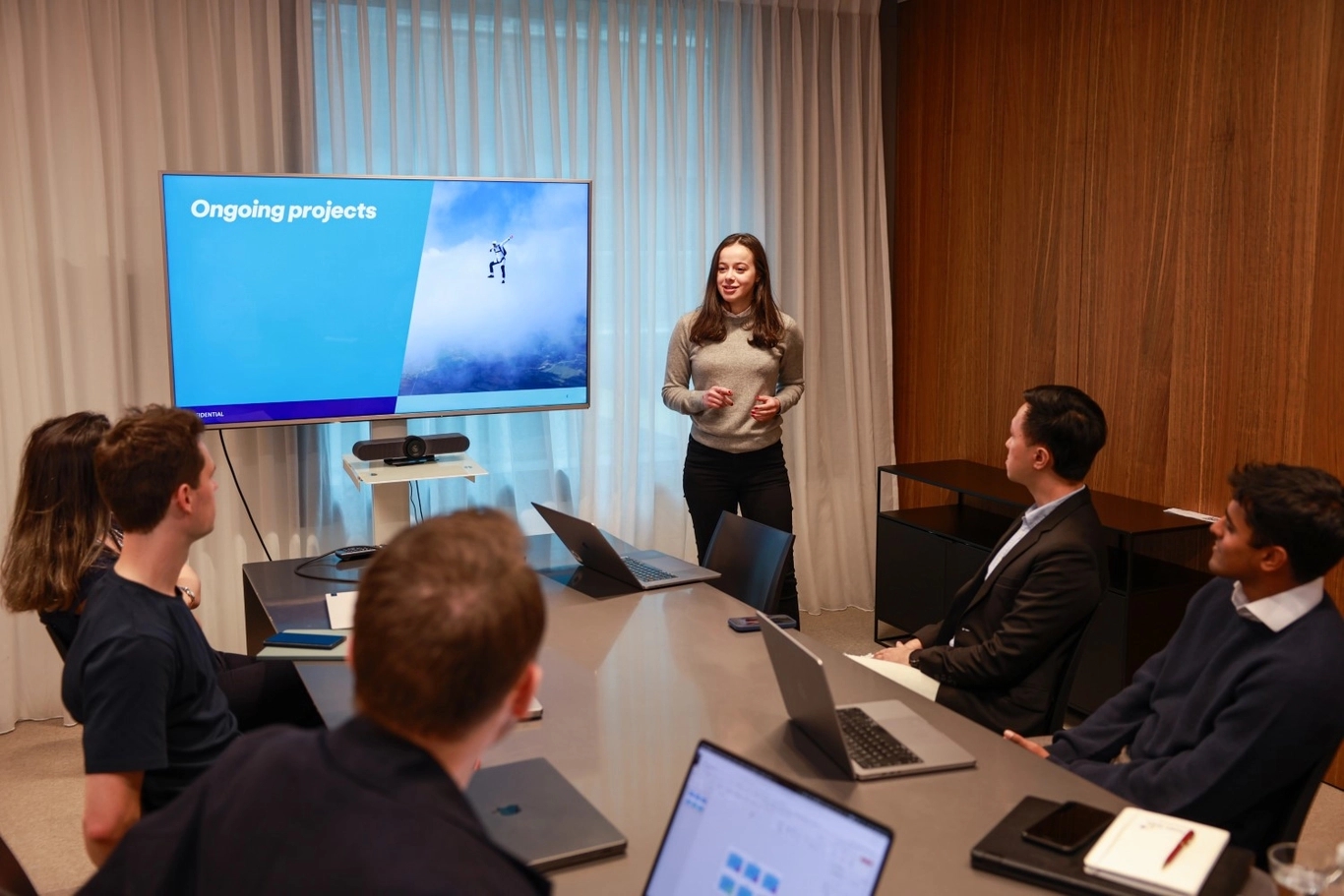Community Energy 101
We often think of the energy transition as the way to build a future free of polluting fossil fuels and where our energy needs would be met via infinite resources such as the sun or the wind. But at Energised Futures we think there’s more to it.
We believe the energy transition also offers a unique chance for consumers to reclaim the power, no pun intended (ok, a little intended). This is already happening with solar panels and batteries paving the way to energy independence.

We believe the energy transition also offers a unique chance for consumers to reclaim the power, no pun intended (ok, a little intended).
However, renewable assets can be expensive and too intermittent to allow some of us to join the energy transition. This is where energy communities come into play, enabling groups of people to collectively invest in and manage renewable energy resources, thereby increasing affordability and reliability. Energy communities enhance energy security, reduce costs for all, and foster a sense of belonging, ensuring no one is left behind. Energy communities also come in different shapes and sizes. Energy Communities can get a bit confusing with various forms and terminology: community energy (CE), renewable energy communities (RECs), or microgrids. These concepts are deeply intertwined. Let’s dig deeper, so we no longer get confused by which is which.
First, let’s distinguish between RECs and CE. RECs is a concept we encounter mostly in EU law. They are defined as legal entities made up of residential prosumers (those that generate and use energy) and consumers (those that only use energy), public entities (schools, sport centres, etc.), or small businesses. Members of RECs join forces to produce, self-consume, share, or sell exclusively renewable energy. Each member may own assets (PV (solar), batteries, etc.) individually, or members can collectively own these together. So far, this definition resembles the one for CE, a concept found mainly in the UK. But where they diverge is that members of RECs cannot be entities whose main activity is producing or supplying energy. However, CE can also include a generators/supplier, a windfarm for example, who enters into an agreement with the local community to supply their energy at a competitive rate.
The second major concept is the idea of a microgrid. Even though a microgrid retains the idea of prosumers and consumers coming together to produce, self-consume, and trade energy, they differ from their counterparts in two ways. First, the energy generated does not necessarily come from renewable sources, and second, microgrids can connect and disconnect from the main power grid. When disconnected, a microgrid is said to operate in ‘island mode’. CE and RECs cannot do that.
Finally, I want to cover an idea often mentioned alongside energy communities: heat networks. While CE, RECs, and microgrids have multi-energy assets (heat and electricity), heat networks deal with heat only. A central heater (boiler or heat pump) carries heat through a piping network to an entire neighbourhood or a city.
The energy landscape is changing fast, and new technology and concepts can be hard to understand. Please follow along where I, and our team of researchers, help make sense of it all. I hope this post has shed some light on the many ways to work together to energise a greener, fairer future.
